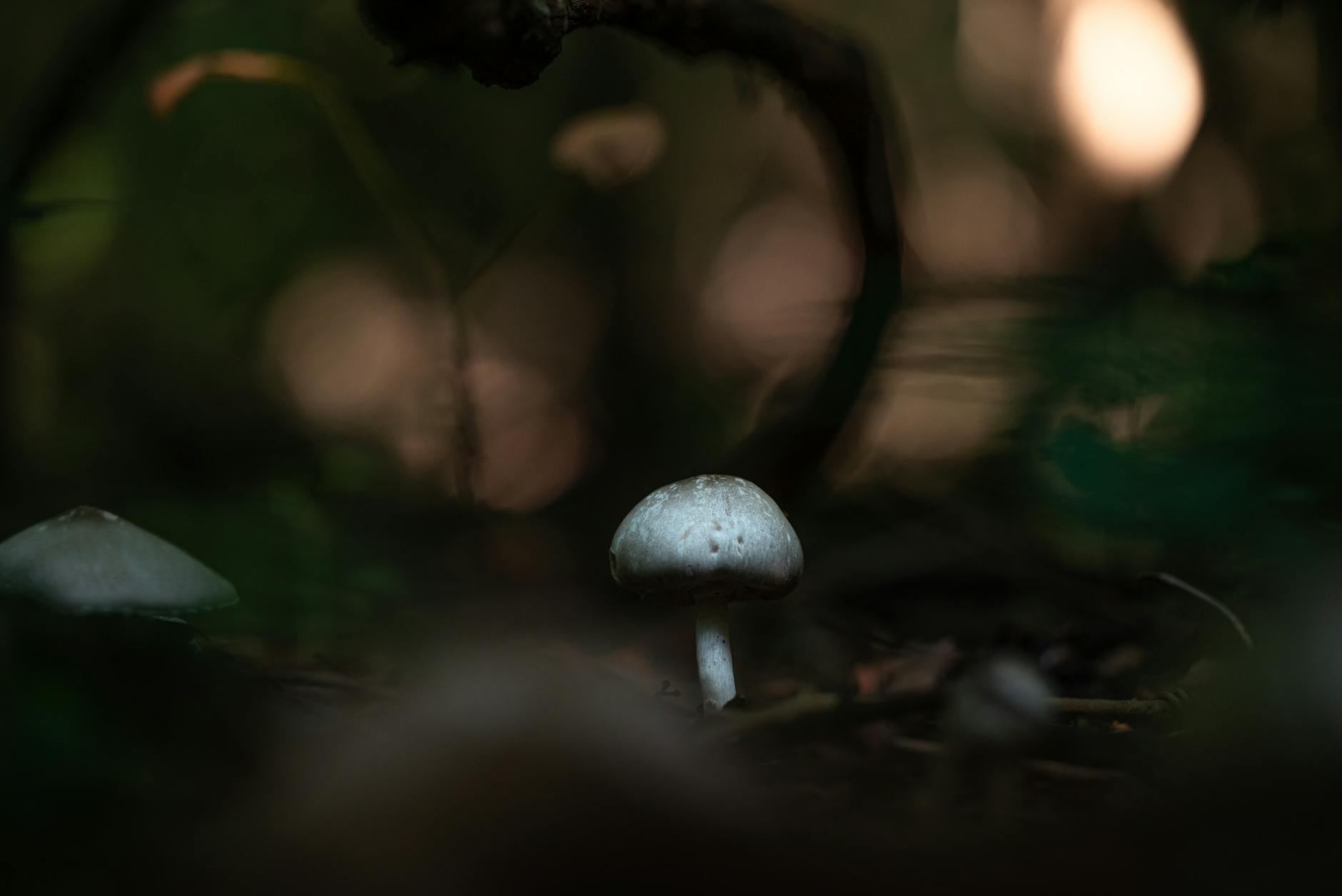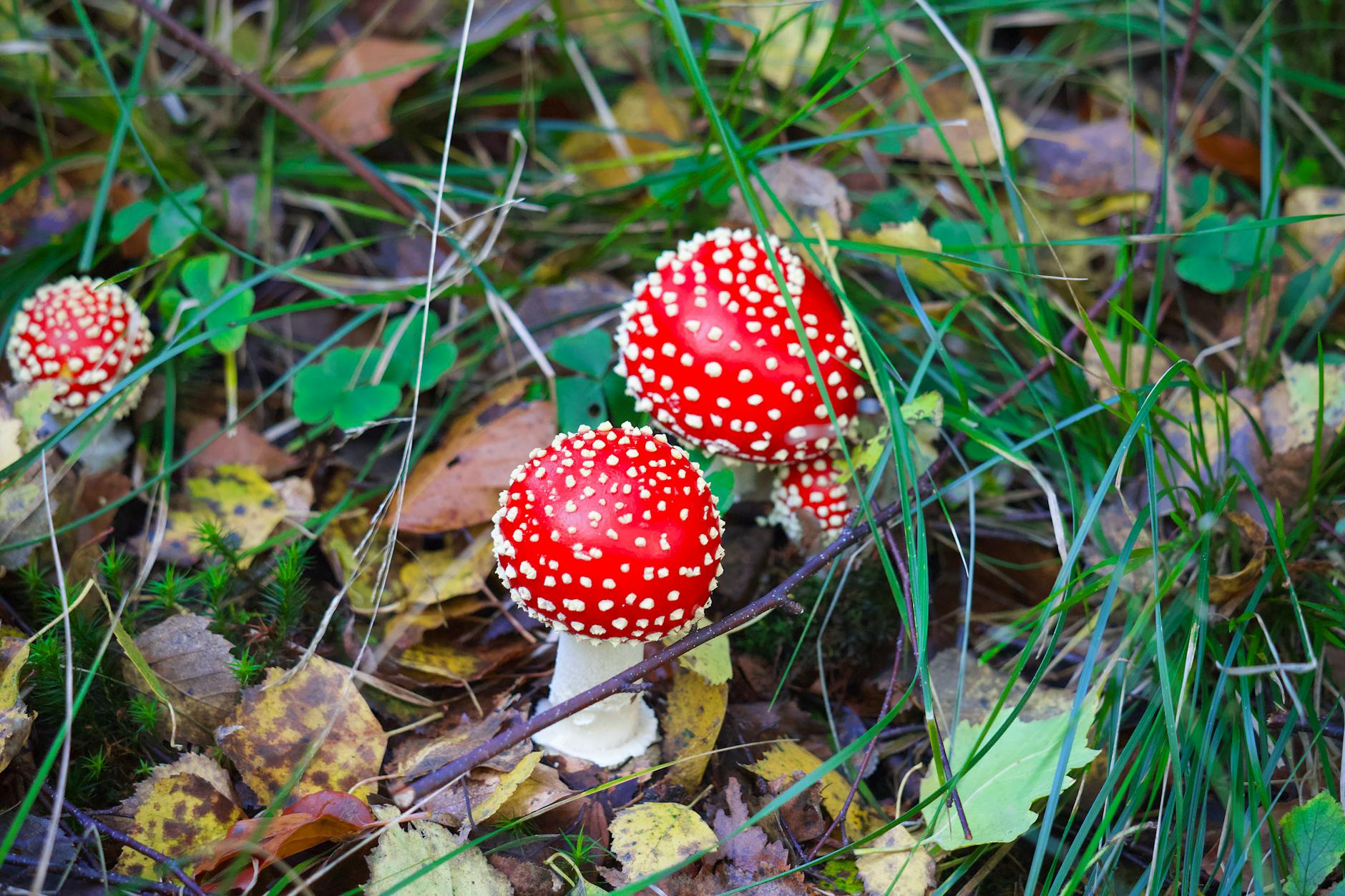Mushroom hunting has become a popular pastime for nature enthusiasts, foodies, and foragers alike. The thrill of exploring the great outdoors and discovering various mushroom species can be both exhilarating and rewarding. However, foraging for wild mushrooms can also be risky, as misidentifying a toxic mushroom can have severe consequences. This is where mushroom hunting field guides come in as essential resources for safe foraging.
The Importance of Mushroom Hunting Field Guides
Mushroom hunting field guides are comprehensive books or digital resources that provide valuable information on identifying different mushroom species, including edible and poisonous varieties. These guides often contain detailed descriptions, vivid photographs, and key characteristics of various mushrooms, helping foragers make informed decisions while out in the field.
Types of Mushroom Hunting Field Guides
There are several types of mushroom hunting field guides available, catering to different skill levels and preferences. Some guides are geared towards beginners and offer a basic introduction to mushroom identification, while others target seasoned foragers and delve into more advanced topics such as habitat, spore prints, and culinary uses. Additionally, there are regional field guides that focus on the mushroom species found in specific geographic areas, helping foragers narrow down their search and identification process.
Key Features to Look For
When selecting a mushroom hunting field guide, it is essential to look for certain key features that can enhance your foraging experience and ensure safety. Here are some features to consider:
1. Detailed Descriptions: Look for guides that provide thorough descriptions of each mushroom species, including size, shape, color, habitat, and seasonality.
2. High-Quality Photographs: Clear and high-resolution photographs are crucial for accurate identification, as visual cues are often the primary means of distinguishing between different mushrooms.
3. Cautionary Notes: A good field guide will also include warnings about toxic look-alike species and provide tips on how to avoid them.
4. Edibility Information: Guides that include information on the edibility and culinary uses of mushrooms can be valuable for those interested in foraging for food.
Staying Safe While Mushroom Hunting
While mushroom hunting field guides are valuable tools, it is essential to remember that they are not foolproof. To stay safe while foraging for mushrooms, consider the following tips:
1. Educate Yourself: Take the time to study and familiarize yourself with the various mushroom species in your area, as well as their distinguishing features.
2. Start Slow: If you are new to mushroom hunting, begin by focusing on a few easily identifiable and non-toxic species before venturing into more challenging territory.
3. Consult Experts: Joining a local mycological society or attending guided mushroom forays can provide invaluable hands-on experience and access to expert knowledge.
4. Use Multiple Resources: While field guides are essential, it is beneficial to cross-reference information using multiple sources, such as online forums, apps, and expert opinions.
In conclusion, mushroom hunting field guides are indispensable resources for safe and enjoyable foraging experiences. By equipping yourself with the right tools and knowledge, you can embark on a rewarding journey of exploring the fascinating world of mushrooms while ensuring your safety and well-being. Happy hunting!


